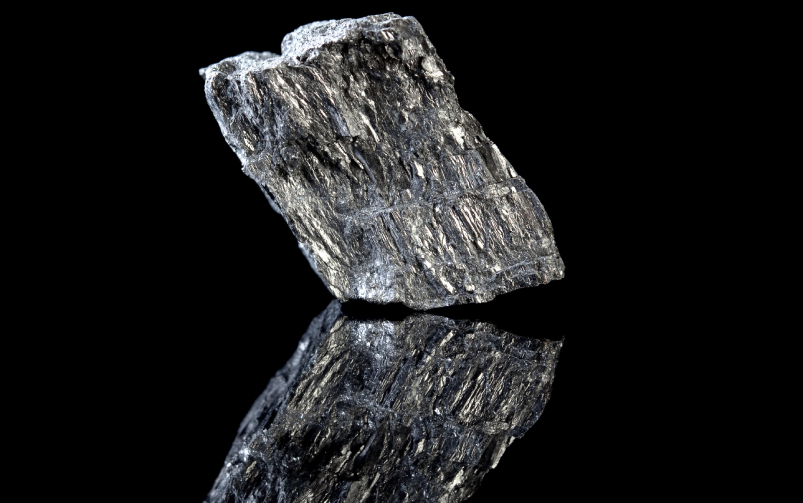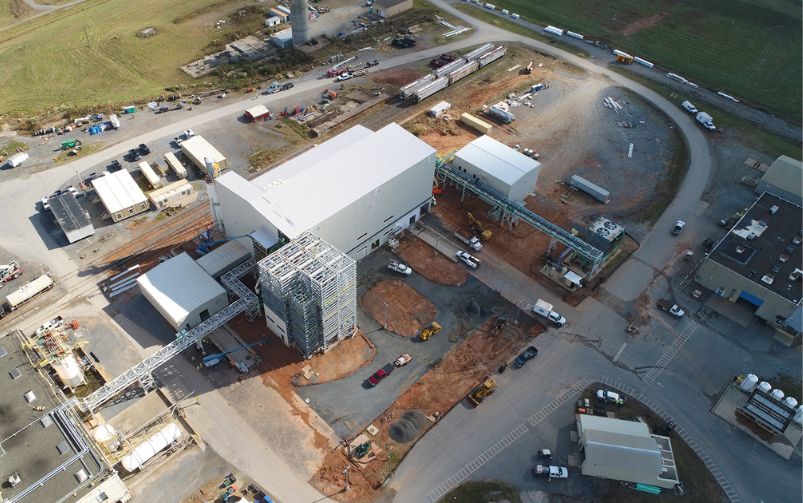The Blusson Quantum Matter Institute at the University of British Columbia. The research project is led by researchers at the Quantum Institute and UBC’s Keevil Institute of Mining Engineering. Courtesy of UBC’s Blusson Quantum Matter Institute.
A team of researchers from UBC has been awarded $520,000 in funding to develop new sensors that will better identify and classify the content of mineral core samples. The funding is from the Canada Foundation for Innovation’s John R. Evans Leaders Fund. The research team is co-led by David Jones at the Stewart Blusson Quantum Matter Institute, and Bern Klein at the Norman B. Keevil Institute of Mining Engineering. Both institutes are located on the UBC campus.
The team is looking to apply a kind of laser spectroscopy known as laser ablation to develop a more accurate method for the geochemical analysis of core samples. Two forms of spectroscopy that are common in mining today are X-ray fluorescence (XRF) and laser-induced breakdown spectroscopy (LIBS). The latter shoots a laser pulse at the sample’s surface and measures the emerging particles, while XRF measures the fluorescence that exits the sample when it is exposed to X-rays.
Both XRF and LIBS are known to have limitations when used in the field, especially when miners are analyzing core samples. In particular, these systems have difficulty detecting the chemical composition in ore samples when the elements overlap or are jammed close together. For example, in a sample containing traces of overlapping copper and gold, a LIBS pulse might detect the plasma emitted by both copper and gold and have difficulty differentiating between the two, which means it will be unsuccessful in detecting the sample’s chemical composition.
The new laser ablation technology being tested at UBC has proven to be more effective at this task. Laser ablation fires a laser at a sample, which then absorbs the energy. This is much like LIBS, but instead of measuring the plasma exiting the sample, laser ablation measures how much light it absorbs. The new ablation technology’s measurements are far more precise, meaning that in the above example, it could measure and identify the gold and copper separately, even if they overlap.
“[The system] looks for spectral fingerprints in the absorption spectrum, and this technology is able to have a much higher resolution,” Jones told CIM Magazine. “So instead of point one nanometres, it has a picometre resolution that enables you to really distinguish the various lines.” Point one nanometres is equivalent to 100 picometres.
The laser ablation spectroscopy system is unlikely to supplant standard systems across the board, given that the technology is more complicated and will likely be more expensive. However, the researchers claim that laser ablation spectroscopy technology will have a successful niche in detecting certain critical minerals. They explained that it could make a large improvement in analyzing core samples in cases where the samples contain many different types of rock that overlap each other. These problems are particularly common in cases where cores contain rare earth elements and lithium, given that those elements are often found in geologically congested material. The researchers have also been successful at detecting platinum and gold.
The ablation technology is not without its constraints. The technology works best by measuring the chemical content of flat surfaces, given the geometric limitations of the laser measurement technology. Therefore, laser ablation currently has trouble detecting the elemental composition of core samples if they are not flat. However, researchers hope to solve this problem before commercialization.
The project leads estimate that the technology is three or four years away from commercial use. More tests are being planned with UBC collaborators at the University of Arizona later this year.




